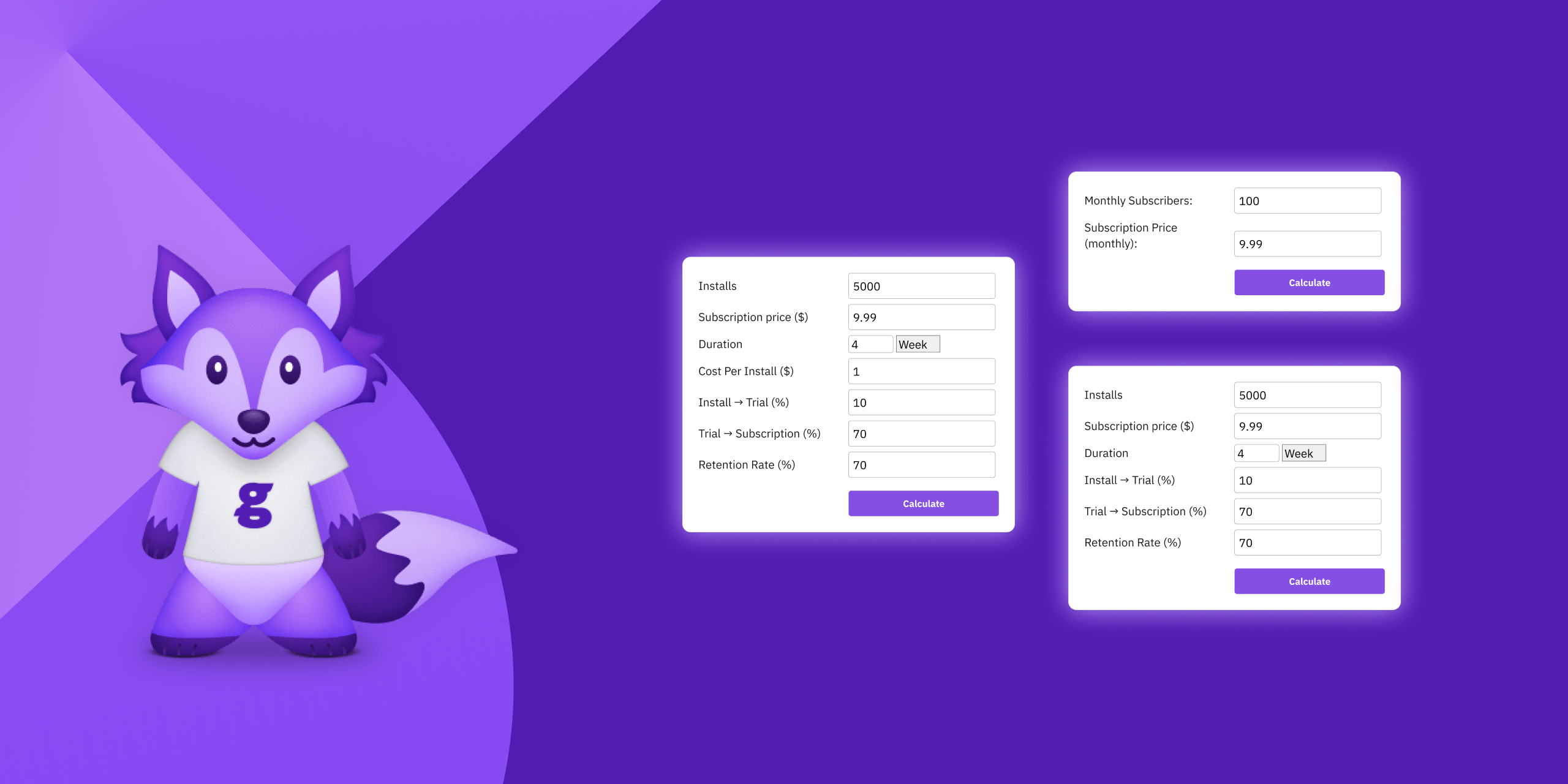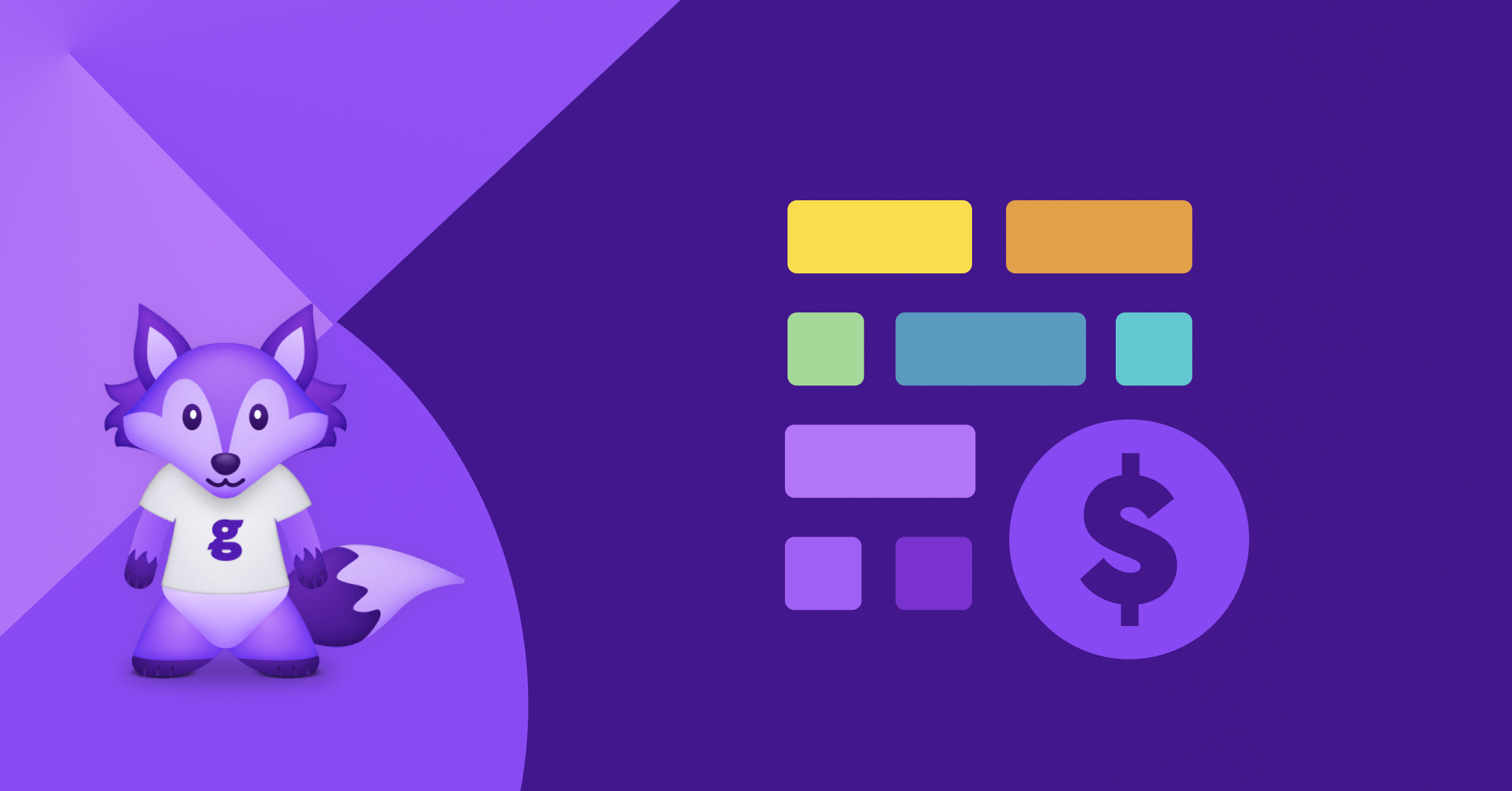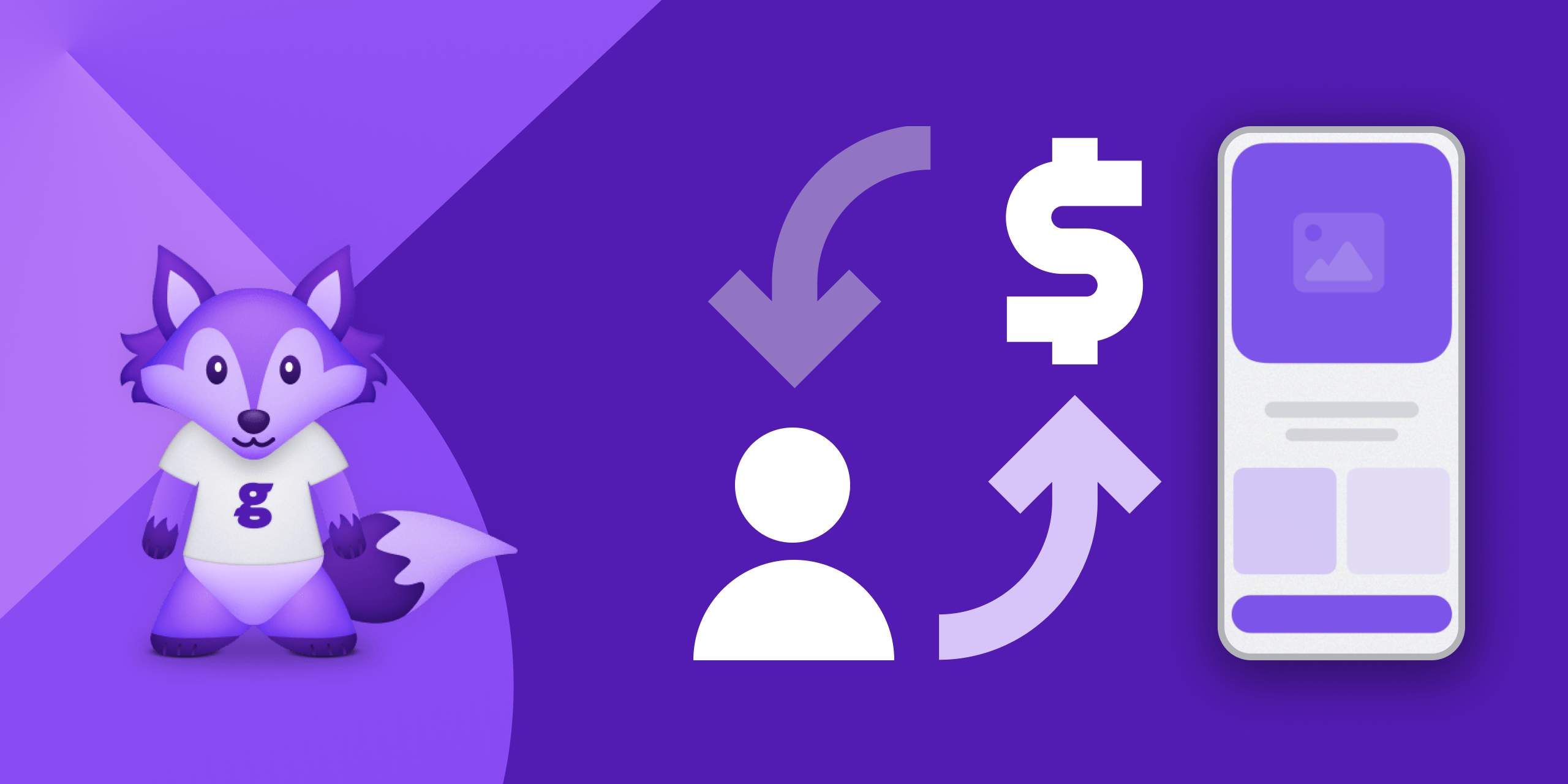Content
Monthly Recurring Revenue in Mobile Apps: MRR Calculator

The Key Metric: Monthly Recurring Revenue (MRR)
At the heart of any subscription app discussion lies the Monthly Recurring Revenue (MRR), a measure of the predictable revenue generated by subscription-based products or services over a month. For mobile apps with multiple subscription offers, MRR can be calculated by multiplying the total number of subscribers by the monthly subscription price, or alternatively, by the average revenue per user (ARPU) over a month.

MRR Calculation for Mobile Apps:
- Standard Calculation: Total Subscribers x Monthly Subscription Fee.
- Multiple Offers Calculation: Sum of (Number of Subscribers in Each Tier x Monthly Fee for Each Tier).
- Try our free MRR Calculator here: https://glassfy.io/free-app-revenue-calculator/

Understanding the Dynamics of MRR: Subscriber Gains and Losses
The trend of Monthly Recurring Revenue (MRR) in a subscription-based mobile app is fundamentally driven by 2 critical components:
- The rate at which new subscribers are gained
- The rate at which existing subscribers are lost (churn)
Subscriber Gains and The Growth Phase
- New Subscribers: The influx of new subscribers is the primary driver for MRR growth. This includes users who sign up for the first time or those upgrading from a free to a paid subscription.
- User Acquisition Strategies: Effective marketing campaigns, referral programs and engaging app features contribute to acquiring new subscribers.
- Growth Trajectory: As long as the rate of new subscriber acquisition exceeds the churn rate, the MRR will continue to rise, reflecting expansion.

Subscriber Losses and MRR Equilibrium
- Churn Rate: This is the percentage of subscribers who cancel their subscriptions within a given period. It’s a natural part of any subscription service but needs to be minimized for sustainable growth.
- Equilibrium Point: There comes a phase when the number of new subscribers gained equals the number of subscribers lost to churn. At this juncture, MRR plateaus, indicating a state of equilibrium.
- Negative Churn: A rare but ideal scenario where the revenue from existing customers (through upgrades or added services) exceeds the revenue lost from churned customers, leading to a net positive MRR even without new acquisitions.

Determining a “Good” MRR Growth Rate for Subscription-Based Apps
Defining an ideal Monthly Recurring Revenue (MRR) growth rate can vary significantly depending on numerous factors, including market dynamics, app lifecycle stage and business model. However, as a general guideline within the SaaS and subscription-based app industry, experts suggest targeting a net MRR growth rate in the range of 10-20%.
Subscription-Based Offers in Mobile Apps
Streaming Subscriptions: Popular in media and entertainment apps, this model provides access to a library of content for a regular fee. For instance, Netflix offers monthly subscriptions for unlimited access to movies and TV shows.
Online Course Memberships: With the rise of digital education, apps can offer ongoing access to educational content for a recurring fee. Different tiers can provide varying levels of access, from basic course materials to interactive sessions with educators.
Prepaid Subscription Plans: Offer parts of your app behind a paywall, making users pay before they can access certain features. This model works well for apps where immediate value can be delivered upon subscription.
Pay-Per-Delivery Subscriptions: Useful for service-oriented apps like food delivery, where users pay for each service they receive. Introducing a subscription model, like an annual plan for free deliveries, can add a predictable revenue layer.
Fixed Usage Subscriptions: Ideal for apps offering quantifiable services like VPN or cloud storage, where users pay a fixed fee for a set amount of service, replenishing monthly.
Gift Subscriptions: Allowing users to gift subscriptions at a reduced rate can attract new users and potentially convert them into paying subscribers after the gift period.
Maximizing Recurring Revenue in Mobile Apps
Effective Pricing Models: Implement a mix of freemium, tiered pricing and pay-as-you-go models to cater to diverse user preferences and maximize revenue.
Upselling and Cross-Selling: Analyze customer data to identify opportunities for upselling and cross-selling within the app. This could include additional features, premium content or complementary services.
User Retention Focus: Enhance user experience and offer incentives to keep users engaged and reduce churn. Personalize offers based on user behavior and preferences.
Partnerships and Integrations: Collaborate with other apps or services to expand your user base and MRR. For example, a fitness app could partner with a health food service to offer combined subscriptions.
Optimizing Key Metrics: Monitor and optimize crucial metrics like Churn Rate, Customer Lifetime Value (CLTV), Average Revenue Per User (ARPU) and Revenue Growth Rate to ensure the financial health and growth potential of your app.
Predicting and Enhancing Recurring Revenue
Creating recurring revenue through subscriptions in mobile apps requires a balance between user value and business sustainability. Regularly testing new features and offers, maintaining the perceived value above the subscription cost and adapting to customer changes are essential strategies for keeping users subscribed. By focusing on these strategies and employing robust analytics, you can maximize profits while offering lasting value to users.
Read More




